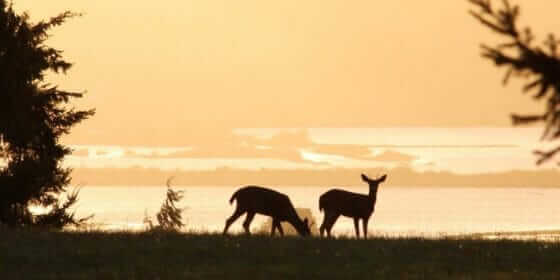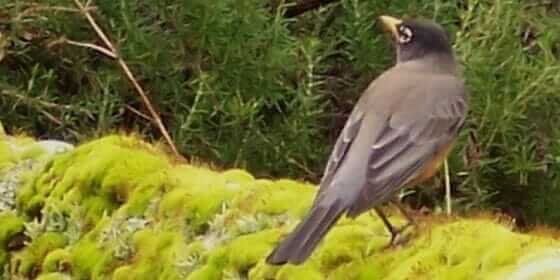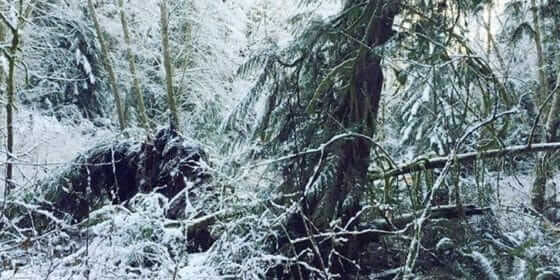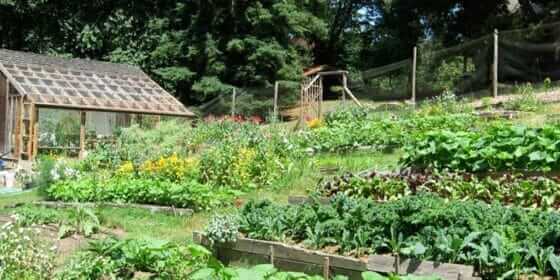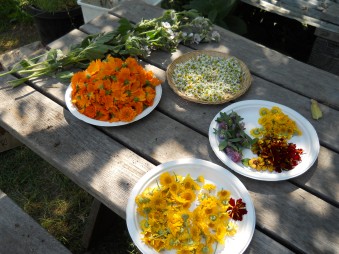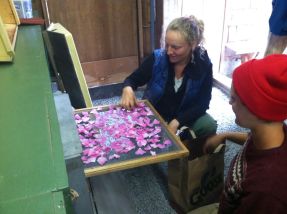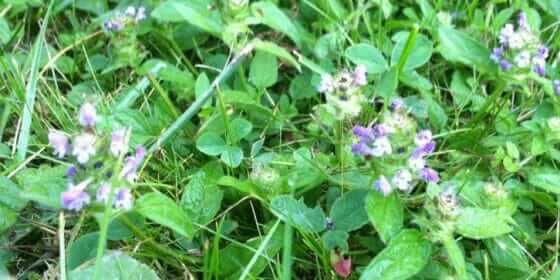I recently had a chance to hear some reflections from Margaret Pickoff, Westgarden Apprentice, about her year in the garden through the CGLT program. Here’s a transcript of our conversation.—Marnie Jones
Marnie: How has the season been for you?
Margaret: It’s been completely packed with learning. I entered into it with a few seasons of farm work under my belt, but this was a totally new animal. There’s been a great arc of learning and leadership, and one of the cornerstones of the program seems to be this gradual leadership: Abigail, as the manager, has been stepping back and letting me taking the reins. That’s happened in a big way, especially in the last couple of months. Adding to that the unpredictability of climate, weather, and growing seasons, there’s been a lot of opportunity to practice thinking on my toes, making quick decisions, and prioritizing things. In general, it’s been a pretty productive year and nothing has failed colossally, so that’s good! We’ve definitely had a couple of blunders, but I’ve learned a lot from them.
Can you give an example of something that didn’t turn out as expected?
I don’t know if we capitalized enough on all of the sun and heat we were getting. The last couple of seasons here have been more or less your normal Pacific Northwest summer, and this dry, hot season caught a lot of people off guard. We could, for example, have planted a second succession of squash. At this point of the season, our squash plants are dying. If we had jumped on it, grabbed hold of the fact that this was a really special season, we could have fit in another succession. In general, we could have grown more hot weather crops.
Can you tell me anything about this experience versus your experiences on the East Coast?
This has been my first experience of small-scale vegetable gardening versus farming. In general, plunging into the world of gardening rather than farming has been really different, for better and for worse. When I got here, I really enjoyed getting to know each individual plant, each bed, and the whole garden really, really well. Walking by everything, every single day, and being able to implement things very quickly because it’s a small scale and we have the means to do so. At the same time, your worries compound in a smaller garden—you do notice when the leaves of that one squash plant or that one basil plant are looking kind of wilted. When it’s entire fields or entire rows of one kind of thing, you don’t have the time to worry about small problems.
The climate is very different here. As an example, Abigail and I both agreed that yesterday, fall began. Now it’s blustery, wet, and cool out there, and on the East Coast I’m used to a much longer, consistently hotter season. We’ve already started making plans for winter vegetables, closing some beds down putting them to bed, and it feels to me like it is still pretty early to be doing that.
In terms of the “Community” part of Community Garden Leadership Training, have you learned anything notable?
There’s a big emphasis on volunteer coordination, and as part of the program we apprentices go from one garden to another several times every week. We’re always working with different sets of volunteers, and in gardens that have different goals and are producing for different sources. I think I’ve learned a lot. I’ve done some volunteer coordination in the past, but have never done such regular work with a consistent volunteer group. Its definitely been a learning experience, for me and for everyone. Remembering that even the volunteers are learning helps me relax! We appreciate volunteer or student participation even when things don’t go perfectly.
When you’re used to working in a space alone, or with one other person, it can be jarring to have a new group of novices come in. It’s been a good experience to relax a little! It’s not all about production, perfection, or efficiency. It’s about community.
Working in this program has been a really great way to be introduced to different people, who come to gardening for a lot of different reasons. Some of our neighbors are master gardeners who have been gardening for decades, and they always share something different with us! As a newcomer to South Whidbey, just working with neighbors in the garden made me feel a different sense of belonging. The things that come up when you’re just chatting and picking beans are really cool. I’ve had long chats about water conservation with a volunteer at Good Cheer, and about music, kids, and different things. That’s one of my favorite parts of working with volunteers.
What’s next for you?
I could definitely benefit from continuing to garden and to farm. There’s an interesting and strong local food system on the island,so I’ve thought about sticking around and seeing what opportunities there may be here . . . but I’ve also thought of revisiting my other set of career interests which are in environmental science, and geology, and field work. The two complement each other very well!
What are some of the ties?
Being a very keen observer of things, and being willing to experiment. I think my geology background has played into who I am as a gardener. I was taught to observe things in a lot of detail, and form these hypotheses, and I start to problem-solve even before I know what the problem is. That’s been helpful in a lot of ways. Geology and farming both relate to being comfortable working in an outdoor environment, for the sake of becoming more acquainted with the natural world.
The root of both of those interests of mine are in environmental stewardship—an interest in, and desire to engage in, a different form of environmental activism. I want to feel like I’m contributing in some way to that cause.
Is there anything you’d like to share that I haven’t asked about?
I would recommend the program to somebody who is interested in the growing process and the more technical aspects of garden management, or somebody looking for a really interesting way to gain leadership skills. It’s been a really, really supportive environment. As somebody who is still doing some soul searching about careers and lifestyles, it’s been a really wonderful time for me.
Do you feel you would have been able to succeed in the program without years of prior farm experience?
Definitely. It would have been a different, but valuable, experience. There’s so much room for asking questions. It’s so very personal and approachable! The leaders of the program are really good teachers. My background was helpful in a lot of ways, because I ask a different type of question and had already developed my own growing style from my last experience, but I definitely don’t think that prior farming experience is a necessity.
Any thoughts about how it’s been to work with your fellow apprentices?
It’s been great to be able to have that support system of fellow learners, and we all entered at different stages of life after doing very different things for work and for school. To be able to find this common ground has been really special. Since all of the gardens have their really distinct priorities and goals, we’ve all had pretty different experiences.
Can you think of a moment, or a snapshot, that you’ll want to remember when you’re looking back in twenty years?
Something that sticks out to me is our garlic harvest this year. It was July, in the middle of some terrible heatwave but on a cool and rainy day. It was just me and Abigail, pulling garlic, sorting it, and hanging it in the Greenhouse. I was standing on the counter tying garlic up to dry on the rafters, and Abigail was handing me garlic heads. It was garlic that had been planted at the end of last season, when Abigail was the apprentice. It felt like a passing of the torch.
September 5, 2015
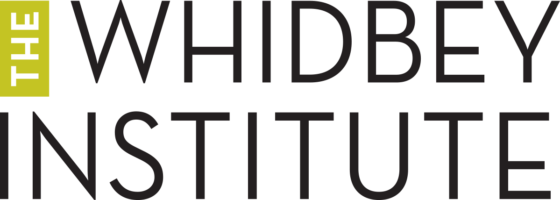


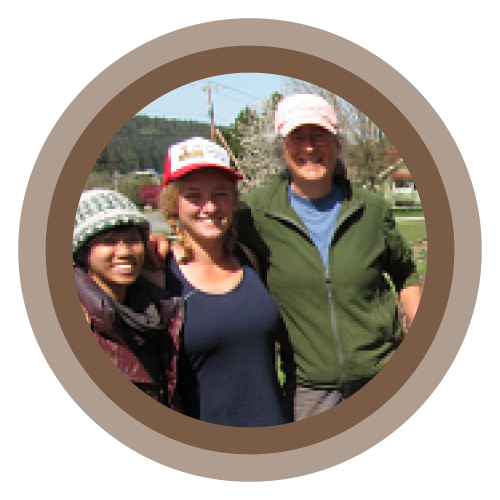 Every month during the growing seasons, Community Garden Leadership Training apprentices and program managers take a field trip to a different community garden, farm, or food centered non-profit around Cascadia. Some of favorite field trips have included visits to the public school gardens on Lopez and Orcas Islands and to the Bellingham Food Bank. We take these trips to get gardening ideas and to expose apprentices to similar organizations that they may look to for future employment or inspiration.
Every month during the growing seasons, Community Garden Leadership Training apprentices and program managers take a field trip to a different community garden, farm, or food centered non-profit around Cascadia. Some of favorite field trips have included visits to the public school gardens on Lopez and Orcas Islands and to the Bellingham Food Bank. We take these trips to get gardening ideas and to expose apprentices to similar organizations that they may look to for future employment or inspiration.